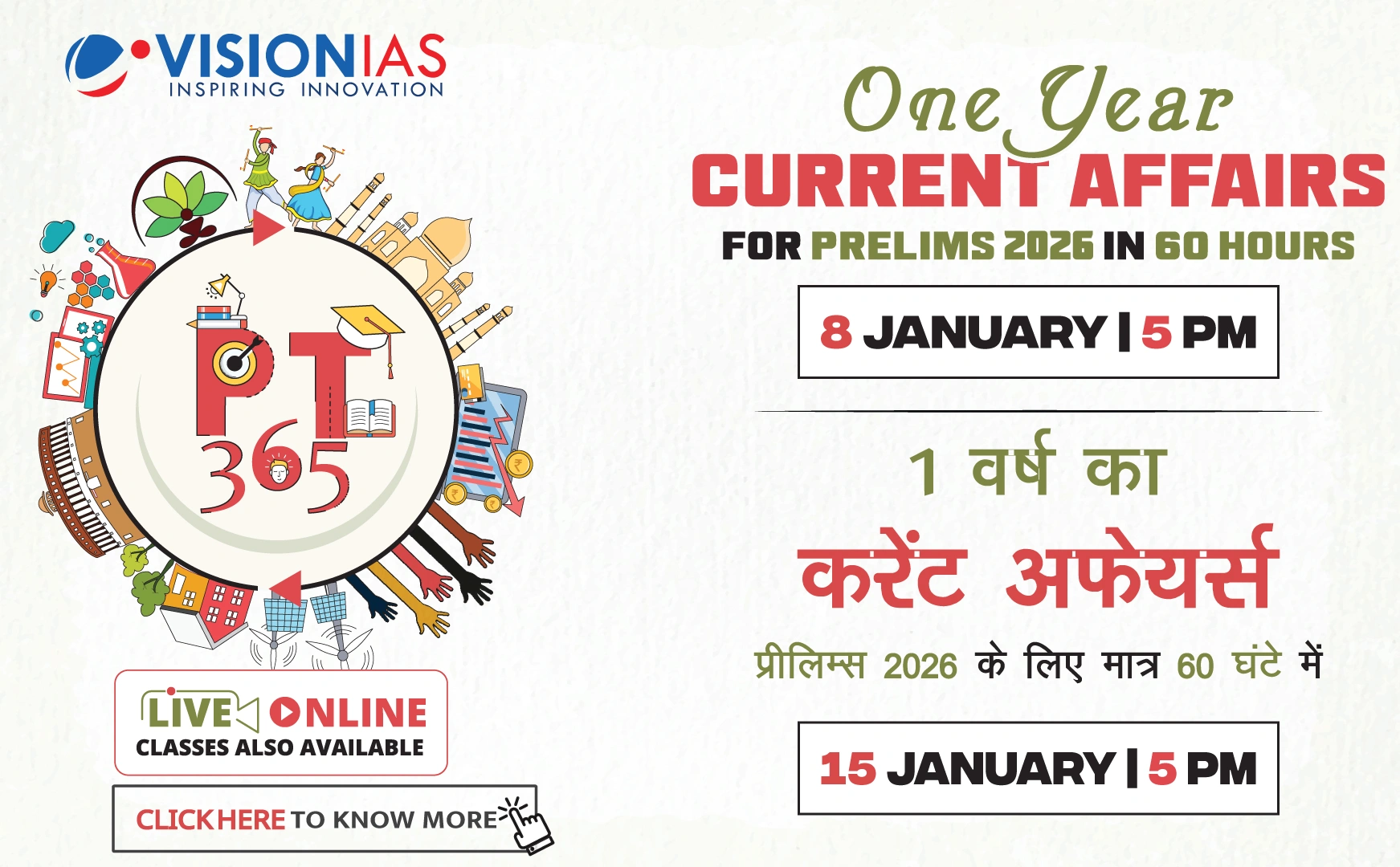Deep-Brain Stimulation (DBS)
Deep-brain stimulation (DBS) is a medical procedure used to treat certain neurological and psychiatric disorders. It involves the implantation of electrodes in specific brain regions, which are connected to a device that sends electrical impulses to modulate brain activity.
Applications
- Movement Disorders: Primarily used for Parkinson’s disease, essential tremor, and dystonia, particularly when symptoms no longer respond to medication.
- Psychiatric Conditions: Approved for obsessive-compulsive disorder and being studied for severe depression and epilepsy.
Functionality
- DBS modifies the communication between groups of neurons.
- By delivering electrical pulses, DBS can interrupt erratic brain signals, reducing symptoms such as tremors or muscle stiffness.
Advantages
- Reversibility: Unlike brain surgeries that destroy tissue, the effects of DBS are reversible—stimulation stops when the device is turned off.
Effectiveness
- More than 1.6 lakh people worldwide have received DBS treatment.
- While the exact mechanisms are not fully understood, DBS is believed to normalize disrupted brain circuits at the cellular and network levels.






